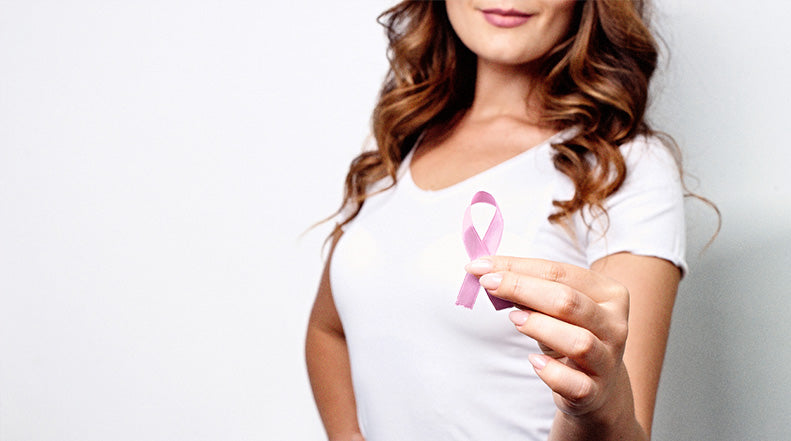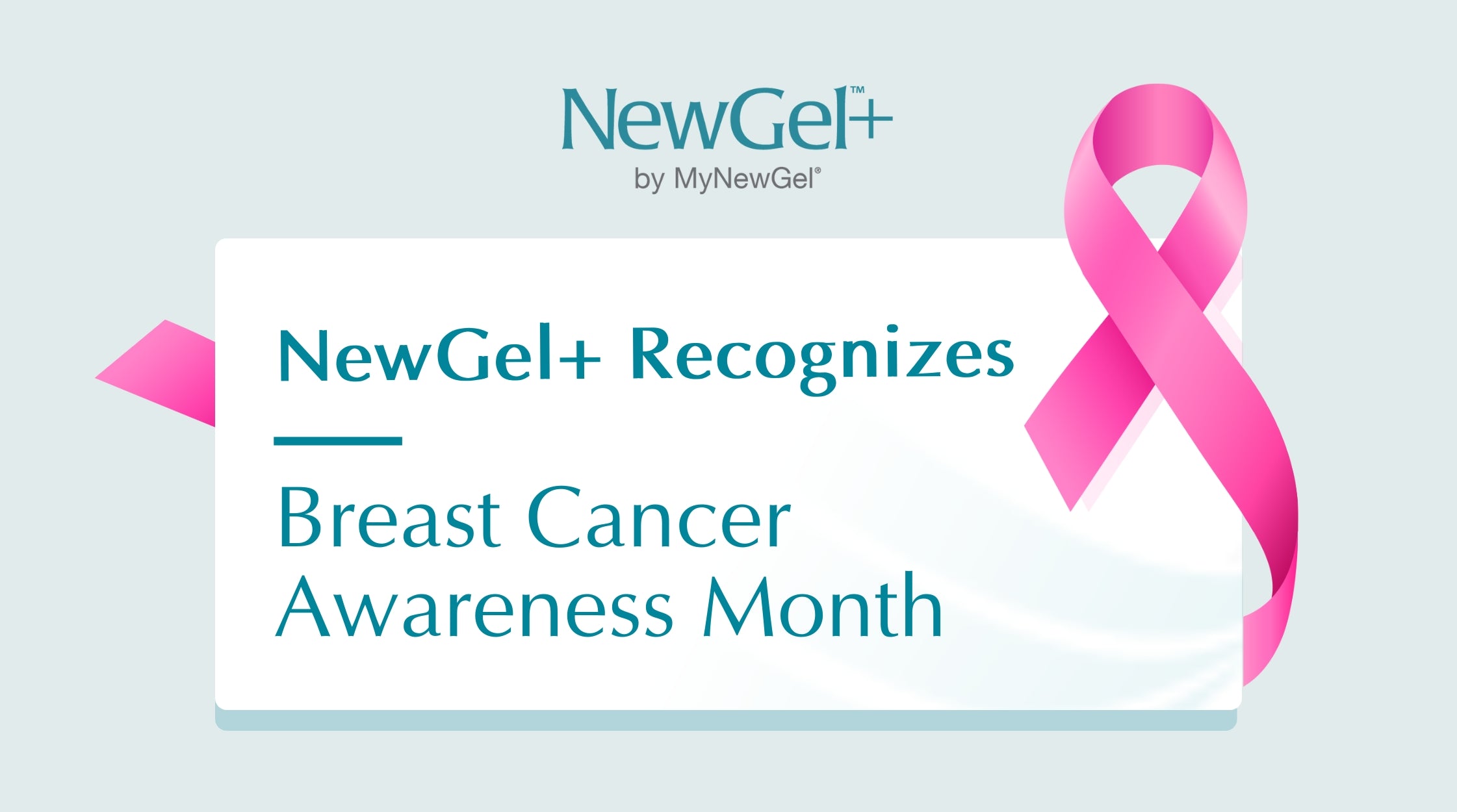Mastectomy Recovery

A mastectomy is the medical term for the surgical removal of one or both breasts, partially or completely. It is usually carried out to treat breast cancer. In some cases, people believed to be at high risk of breast cancer have the operation prophylactically, that is, as a preventive measure. Regardless of your reason for having a mastectomy, the road to recovery is the same. Here is what you should look into following surgery.
AFTER SURGERY CARE
To help your surgical incisions heal properly and to minimize scarring after a mastectomy, ensure that you are following your doctor’s post-op instructions exactly. If your incision is covered with steri-strips or paper tape, leave it on as long as directed. These help the wound heal by providing support and reducing tension on the incision.
Keep the incision area clean and dry after your surgery to prevent infection and reduce inflammation. This is crucial because both infections and inflammation can have a negative effect on scar appearance. According to a publication in the Journal of Cutaneous and Aesthetic Surgery, bacteria have the ability to induce excessive collagen production in the scar tissue. When the body produces too much collagen during wound repair, a raised hypertrophic or keloid scar can result.
Be sure to take some time for yourself just to relax and recover. Binge the latest show on Netflix, read a good book, or take a nice long nap. This is your time to slow down and give your body a break. Finding a community of people online who have also had a mastectomy can be helpful as well. Facebook groups are a great way to interact with people going through the same thing you are and they can offer you advice.
BREAST RECONSTRUCTION
Breast reconstruction is an option for women who want to restore their natural appearance after a mastectomy. During breast reconstruction, a plastic surgeon creates a breast shape using an artificial implant (implant reconstruction), a flap of tissue from another place on your body (autologous reconstruction), or both. Implant reconstruction uses silicone or saline inserts known as breast implants to help form a new breast mound. Flap (or autologous) reconstruction uses the patient's own tissue from another part of the body to form a new breast. Sometimes the implant and flap procedures are used in combination to reconstruct a breast. In addition, nipple/areola tattooing and fat grafting can be done to help make the reconstructed breast look more like the original breast. The reconstructed nipple and areola do not have any sensation.
After reviewing your medical history and overall health, your surgeon will explain which reconstructive options might be best for you based on these factors. Be sure to talk with your surgeon openly about your preferences and to voice any concerns and priorities you have for the reconstruction. Your surgeon should explain the limits, risks, and benefits of each option.
No matter your situation, you can’t predict how you will react to losing a breast. It’s perfectly normal to feel anxious, sad, and uncertain about how you will feel about your physical appearance without them. Breasts represent a significant part of womanhood, and many women do not feel comfortable without them. According to breastcancercare.org, studies have shown that immediate breast reconstruction can help a woman adjust to the changes to her body. Most women who have breast reconstruction are satisfied with the results and feel more confident afterwards.
HEALING YOUR SCARS
Beginning scar treatment early is a proven way to help you look better after a mastectomy. While you should follow your doctor’s specific instructions for when to start scar treatment, it is typically recommended once the wound is closed (10 to 14 days post-op). Clinical studies have shown that silicone gel and sheeting are considered the first-line therapy to manage and minimize scarring. These are the only topical treatments recommended by the scar experts who create scar treatment guidelines for other doctors.
NewGel+ offers the widest variety of silicone scar treatment products available, including products specifically designed for use after a mastectomy. You can begin using NewGel+ sheeting, strips and shapes, or NewGel+E, once your incisions have fully healed, with no bleeding, scabbing, or oozing. The NewGel+ products let you take charge of your healing process and select the products that are right for your individual mastectomy scars. If you’ve had flap reconstruction you may also have a scar from the site where the flap was removed. Using a scar treatment on those scars as well as ones on your chest.
The NewGel+ Silicone 2" x 24" strips and 2” x 8” Strips are perfect for mastectomy scars, including scars resulting from flap removal. The strip can be cut into multiple pieces, allowing you to customize the length as needed and to get multiple uses out of one product. An extra bonus from using the silicone strips is that they provide protection and cushioning for sensitive scars and prevent clothing from rubbing uncomfortably over them. Shop these NewGel+ products and more to take an important step toward putting your mastectomy in the rearview mirror.
Related Articles:
National Breast Cancer Awareness Month
How Makeup Affects the Scar Healing Process and How to Reduce Scar Noticeability




Comments